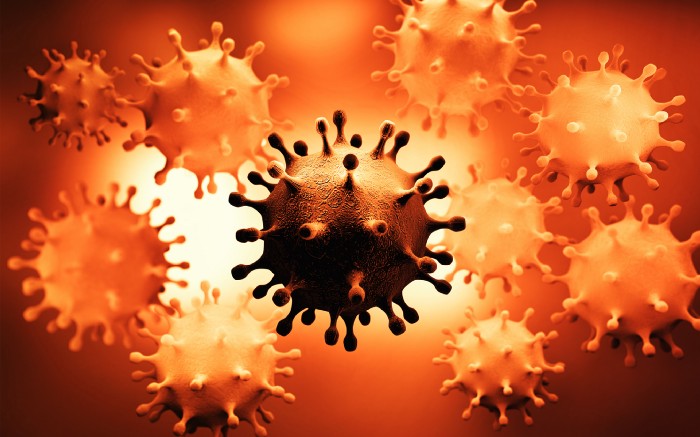Researchers at the Oak Ridge National Lab in Tennessee have come to new conclusions on Coronavirus after a Summit Supercomputer fed with 40,000 genes combination from 17 genetic samples.
The Chief Scientist referred to it as a eureka moment when the result of the supercomputer came out. According to the report, COVID-19 generally starts out in the ACE2 receptors in the nose, then it moves on to other organs in the body and further upregulates the production of ACE2 regulators around the body.
The virus then moves to tweak the functions of the renin-angiotensin system (RAS) which is responsible for regulating bradykinin which in turn regulates the blood pressure. Once the RAS begins to malfunction, and Bradykinin fails to be broken down as it should and this results in the deadly effects of the virus.
The surge of bradykinin increases the permeability of the vascular system – leaky blood vessels, fills the lungs with fluid and also increases the production of Hyaluronic acis which facilitates the absorbtion of fluid in the lungs. A surge in Bradykinin also leads to a breakdown of the barrier between the brain and the circulatory system which keeps out toxins and pathogens from entry into the brain and also the thyroid glands.
The researchers have suggested vitamin D as a potential treatment option for COVID-19 as well as some of the currently approved drugs by the FDA as Vitamin D could help prevent Bradykinins from forming. They also suggest Hymecromone to help treat the symptoms associated with the effects of large amounts of Bradykinins in the body.
A word of caution is also put forth that the theory now termed the bradykinin hypothesis is still in the speculative stage and should be further tested out in well-designed clinical trials.


